
Artist’s guide on how to get your art published


For an artist, there’s nothing quite as gratifying as seeing their creative vision come to life on canvas or in any other medium. Artists pour their hearts and souls into their work, however, creating art is just the beginning of the journey. The true magic happens when your work finds its way into the hearts and minds of others, and this often means getting your art published.
Artists, like you, understand that recognition and visibility are not just about fame but a way of sharing the emotions, ideas, and unique perspectives that are woven into every piece you create. It’s about connecting with an audience, leaving an indelible mark, and seeing your art appreciated and admired. The pride and sense of accomplishment that come with this recognition are immeasurable.
Moreover, for artists, the dream of having their work showcased in magazines, books, or featured on influential blogs can also be a powerful motivator. Along with the personal satisfaction and pride that comes with seeing your creations in the spotlight; it’s also about the incredible opportunities this exposure can bring. Being published opens doors to a wider audience, potential collectors, and connections that can shape your artistic journey.
If you’ve never ventured into the world of art publication, you might be wondering where to begin. The good news is, you’re not alone in this quest. In this article, we’ll guide you through the essential steps to make your dream a reality. We’ll unravel the secrets to getting your art embraced by your favorite media outlets or featured in a book.
So, let’s dive in and make your art’s journey to publication a reality
How to get your art published?
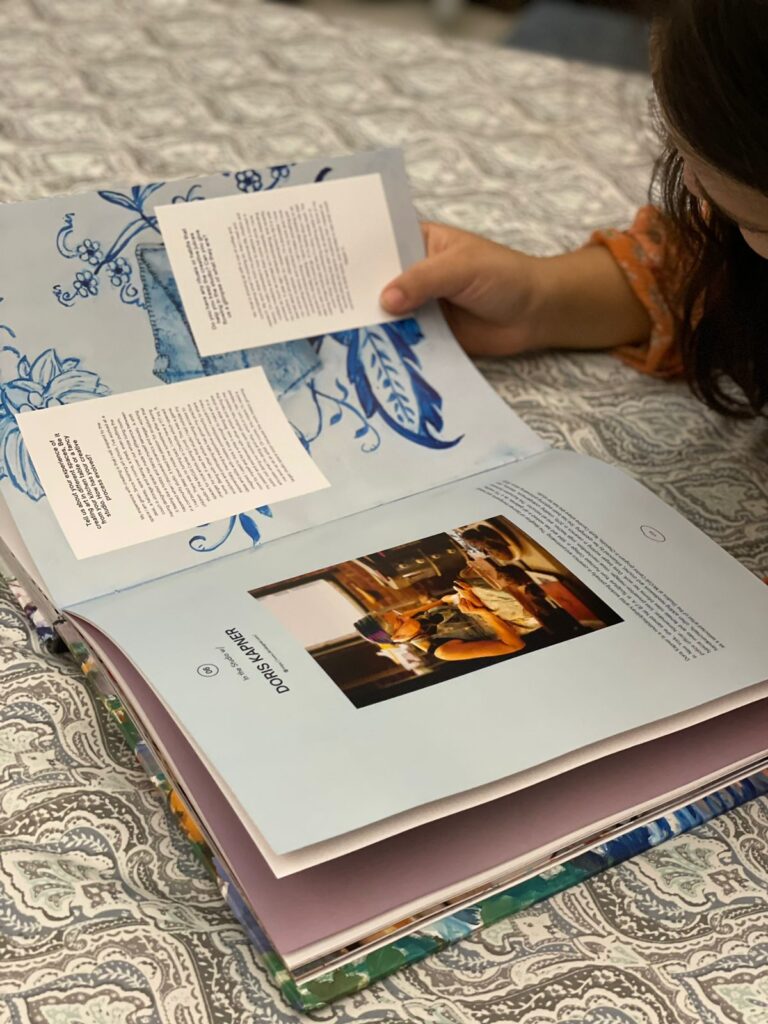
Make sure you submit the right artwork:
Before you even think about publishing your art, it’s crucial to ensure that your work is right and align with the publisher’s theme. Take your time to refine your skills and develop your style. Create pieces that truly speak to your vision and resonate with your intended audience. Quality matters. Make sure your art is well-executed, whether it’s a painting, sculpture, or any other form of art expression. If necessary, seek constructive feedback from fellow artists or mentors to improve your craft.
Once you’re confident in your work, consider creating a cohesive portfolio that showcases your best pieces. A strong portfolio is like a visual resume, providing a snapshot of your talent and range. It’s what you’ll use to grab the attention of publishers and art enthusiasts.
Remember, the first step to getting published is making sure your art is the kind of work that people will want to publish. It’s about presenting a body of work that’s not only skillful but also uniquely yours. So, focus on honing your artistic skills and creating a portfolio that represents your best self as an artist.

Research on your favorite publications:
Now that you’ve fine-tuned your artwork and have a compelling portfolio, it’s time to do some homework. Research is your key to finding the right publications that align with your art style and message.
Start by identifying the magazines, books, blogs, or websites that cater to the kind of art you create. Look for publications that have featured artists with a similar aesthetic or theme. Explore their content to understand their audience and the type of art they typically showcase.
Make a list of these target publications, noting their submission guidelines, deadlines, and contact information. Many publications have specific requirements for submitting artwork, and it’s essential to follow these guidelines meticulously.
Additionally, consider reaching out to fellow artists who have been published. They may offer valuable insights into their own experiences and share tips on publications that are artist-friendly. Networking with other artists can also open doors to opportunities you might not have discovered on your own.
Remember, it’s not just about being published; it’s about being published in the right place, where your art will truly resonate with the audience.

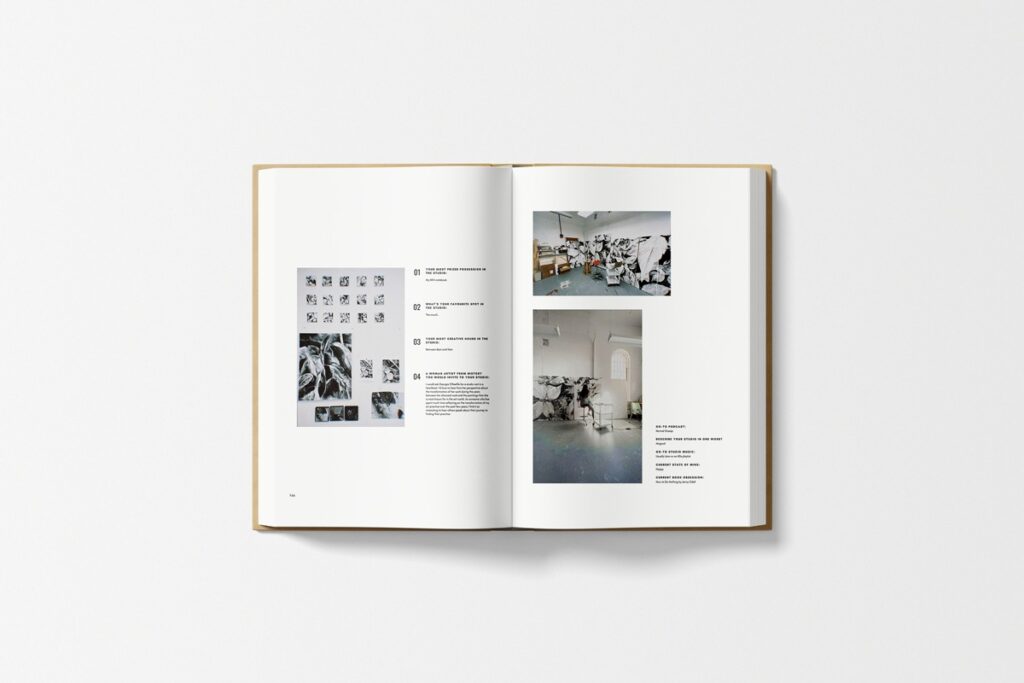
Create a compelling submission
Once you’ve pinpointed your target publications, it’s time to prepare a submission that stands out as a professional and compelling package.
Follow the submission guidelines provided by the publications to the letter. This could include specifications on image format, resolution, file size, and any accompanying artist statements or descriptions. Presentation matters, so ensure that your submission is visually pleasing and error-free.
When submitting your work, it’s important to include a captivating artist statement or bio. This is your chance to tell your story, share your inspiration, and give the audience a glimpse into your creative world. Make it engaging and authentic; let your passion shine through.
Your email or physical submission package should be well-organized and clearly labeled. Editors and curators receive numerous submissions, and a clean, professional presentation can set you apart from the crowd.
Consider including a cover letter explaining why your art would be a great fit for the publication. Be concise and compelling, focusing on what makes your work unique and relevant to their audience. Lastly, ensure that you meet the submission deadlines. Being punctual shows your commitment and respect for the publication’s guidelines.
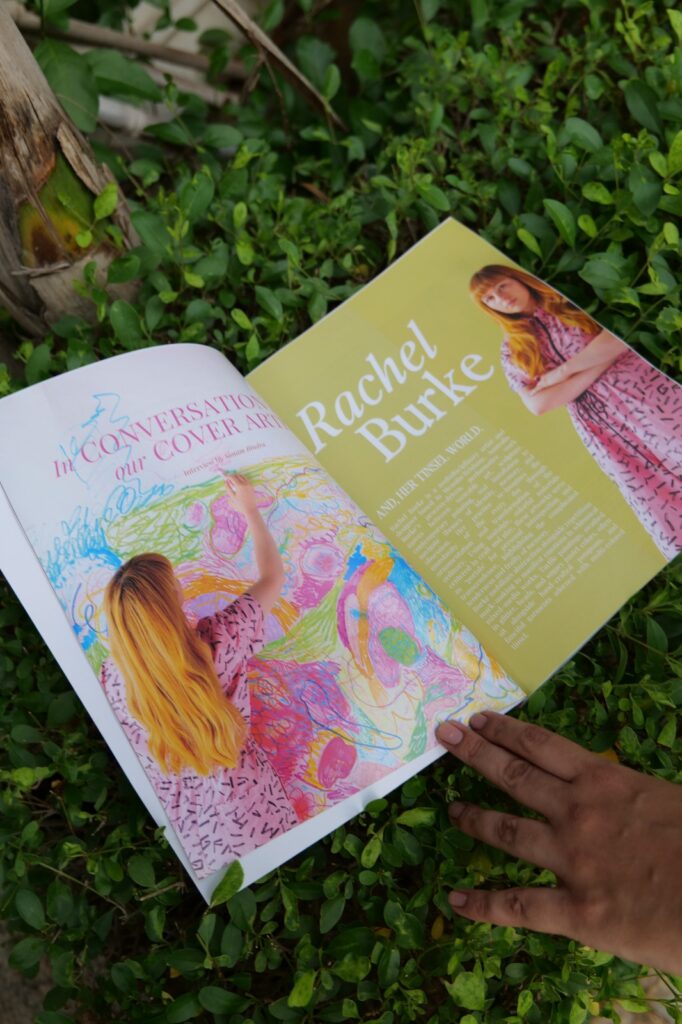
Trying engaging and connecting with your publications
Now that you’ve sent out your submissions, it’s time to be proactive and engage in effective outreach. Don’t just sit back and wait; take steps to connect with the publications and increase your visibility. Follow up on your submissions with polite emails or calls to confirm receipt and express your enthusiasm about the possibility of being featured. This shows your dedication and genuine interest in the publication. Utilize social media and online platforms to promote your art and interact with the publication’s audience. Engage with their content, leave thoughtful comments, and share your work on your own profiles. This can capture the attention of editors and their followers, creating a buzz around your art.
Consider attending art events, gallery openings, and networking opportunities to meet people in the art industry. Building relationships with curators, fellow artists, and art enthusiasts can lead to recommendations and introductions to influential figures in the art publishing world.
Remember, persistence and a friendly approach can go a long way in forging connections and making your presence known. Building relationships with key players in the art and publishing industry can significantly increase your chances of getting noticed and featured. So, don’t be passive after submitting your work; be active in reaching out and engaging with your target publications and their communities. This proactive approach can help you build relationships, create opportunities, and enhance your chances of seeing your art in print or online.

Retry and keep improving:
Rejections are a part of the journey for most artists seeking publication. It’s essential to understand that not every submission will be accepted, and that’s perfectly normal. Rejections are not a reflection of your talent or worth as an artist. They might be due to various factors, including the publication’s current theme, space constraints, or subjective preferences of the curators.
What’s crucial is how you handle rejection. Use it as an opportunity for growth. Review the feedback provided, if any, and consider it as constructive criticism to refine your work. Keep improving your skills and building your portfolio. The more you evolve as an artist, the better your chances become with each new submission.
Furthermore, don’t get discouraged. Keep submitting your work to a variety of publications and exploring different avenues. It’s a numbers game, and persistence often pays off. Many renowned artists faced multiple rejections before achieving their breakthrough.
Remember that rejection is a stepping stone on your path to success. Each ‘no’ gets you closer to that eventual ‘yes.’ It’s all part of the process. Stay resilient, keep creating, and keep submitting your art. With determination, you’ll eventually see your work published and recognized.
Interested in getting your art published or knowing what it takes to become a published artist?
Check out the link below!












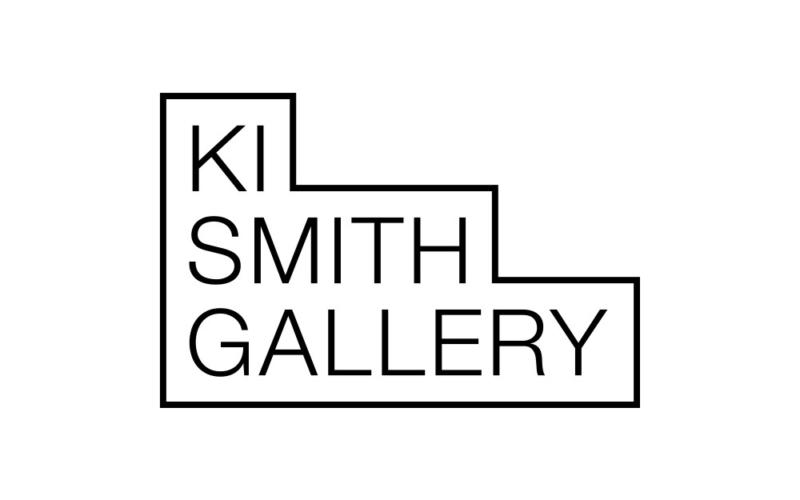
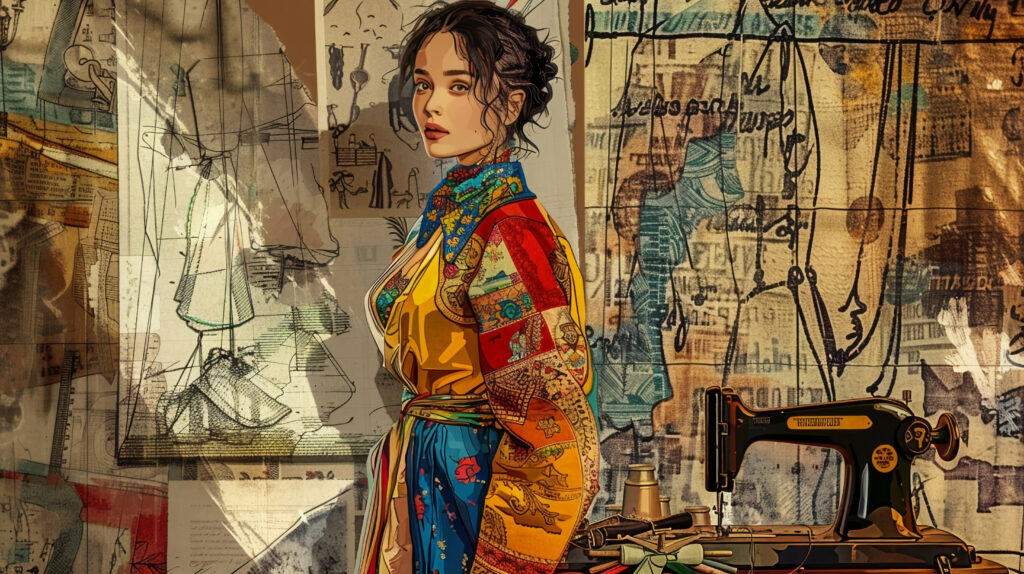
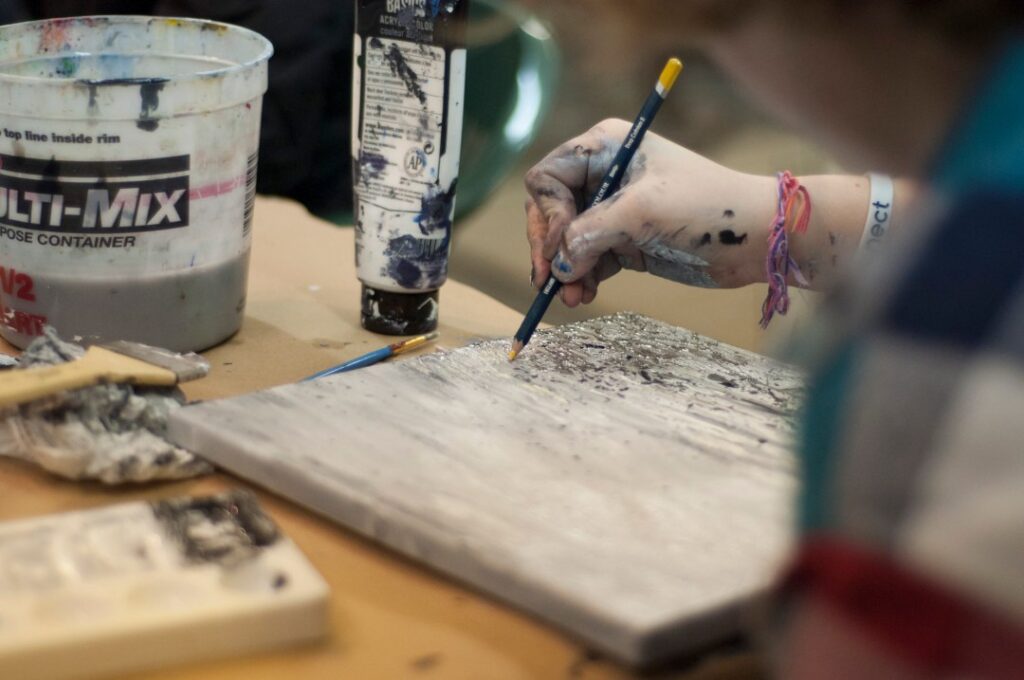
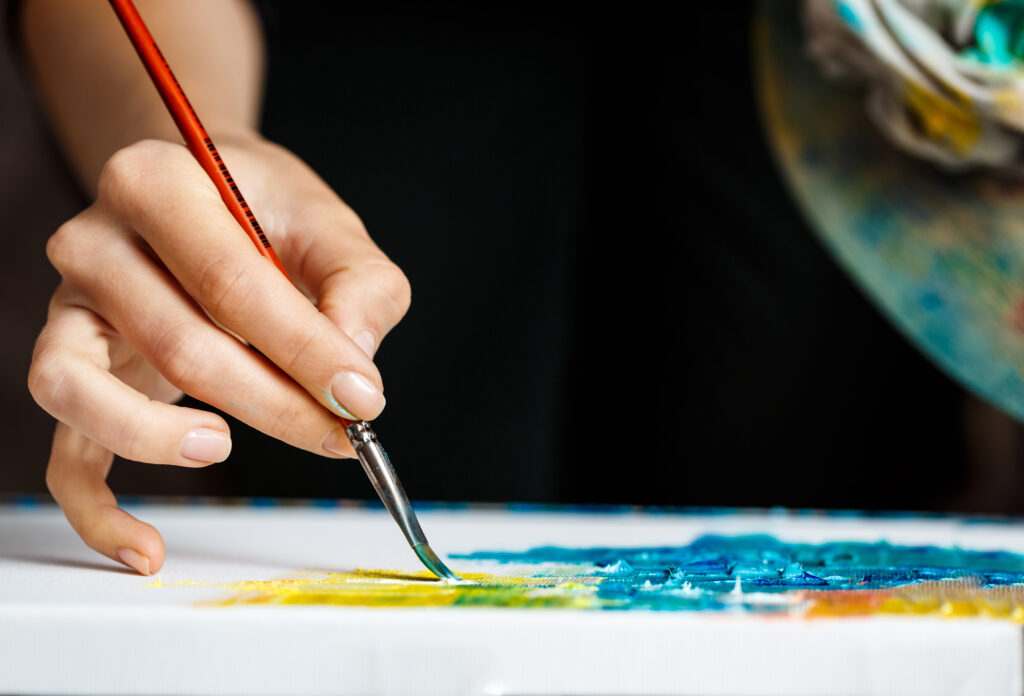

Comments 13